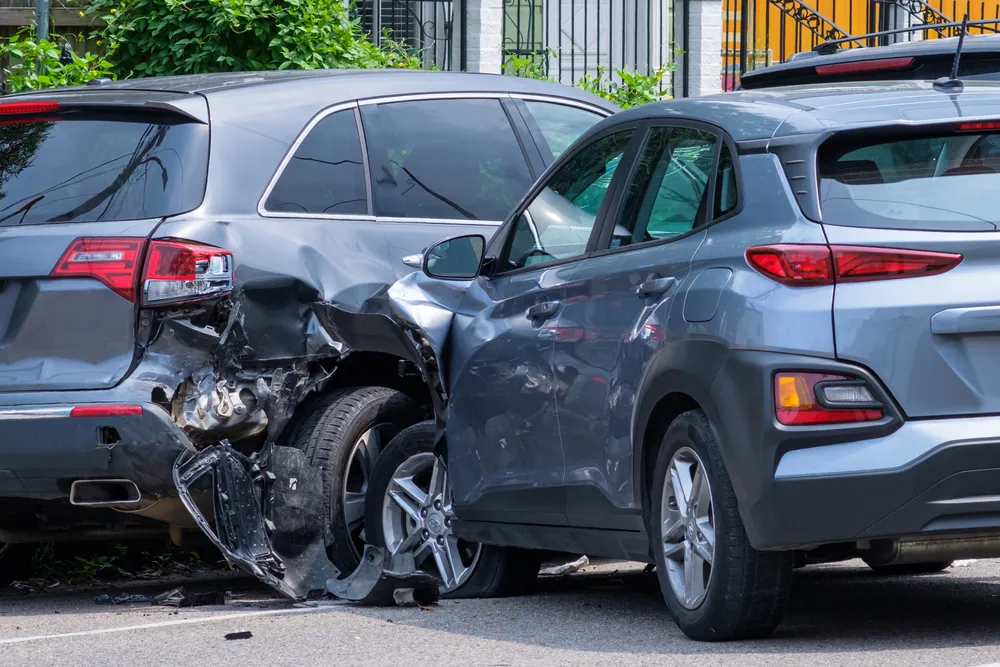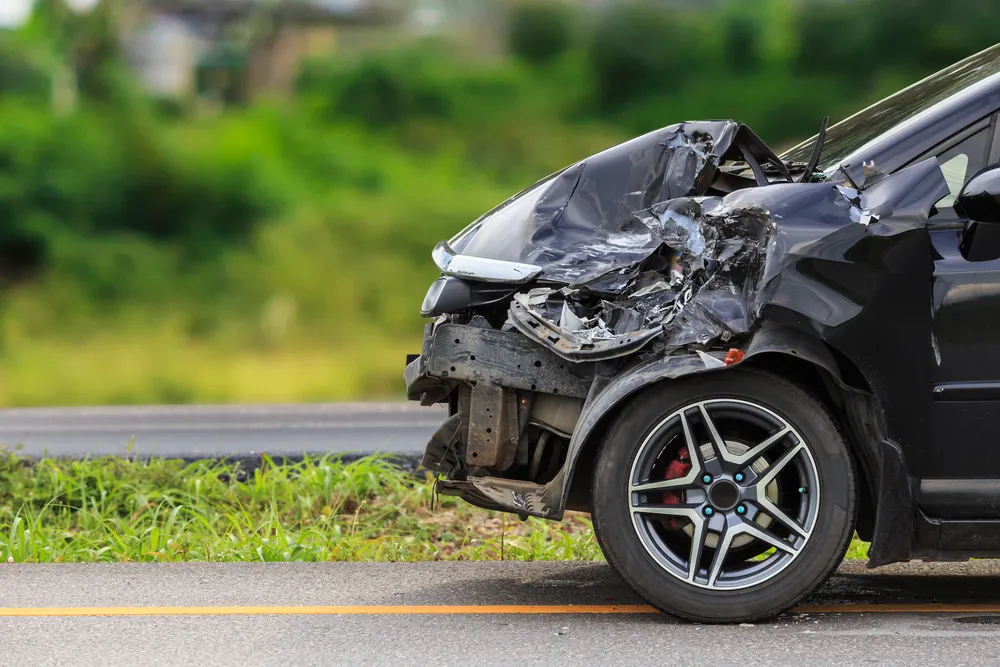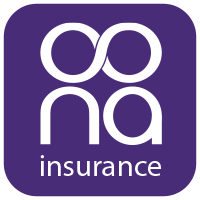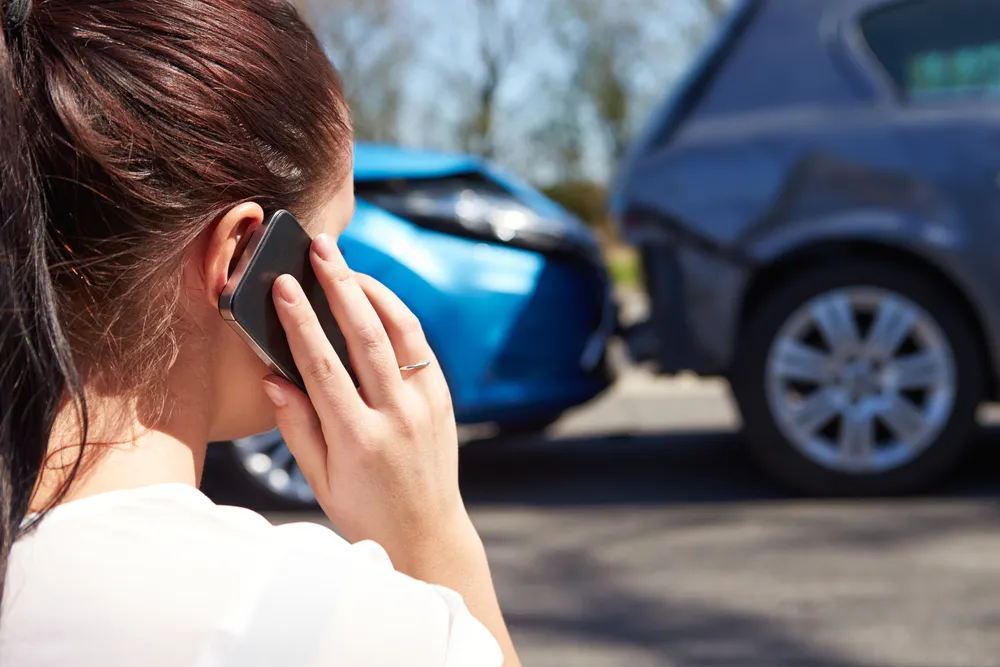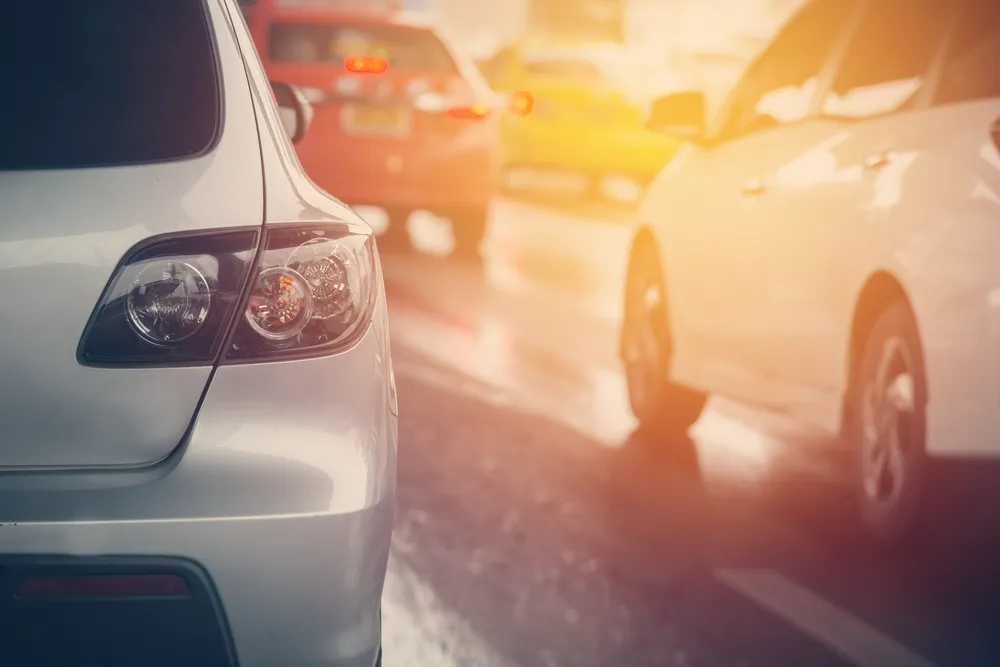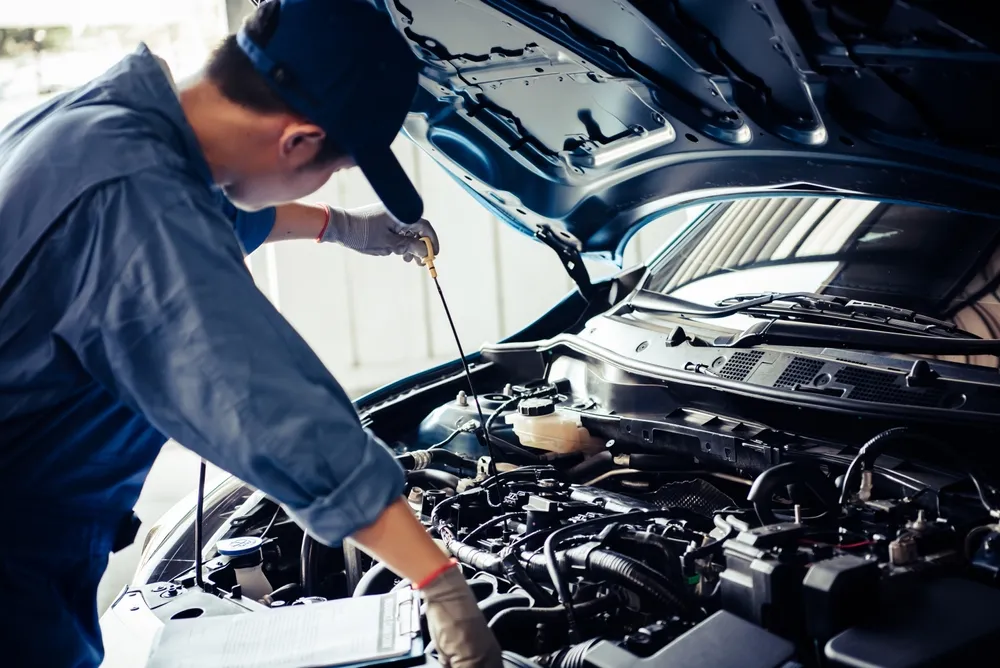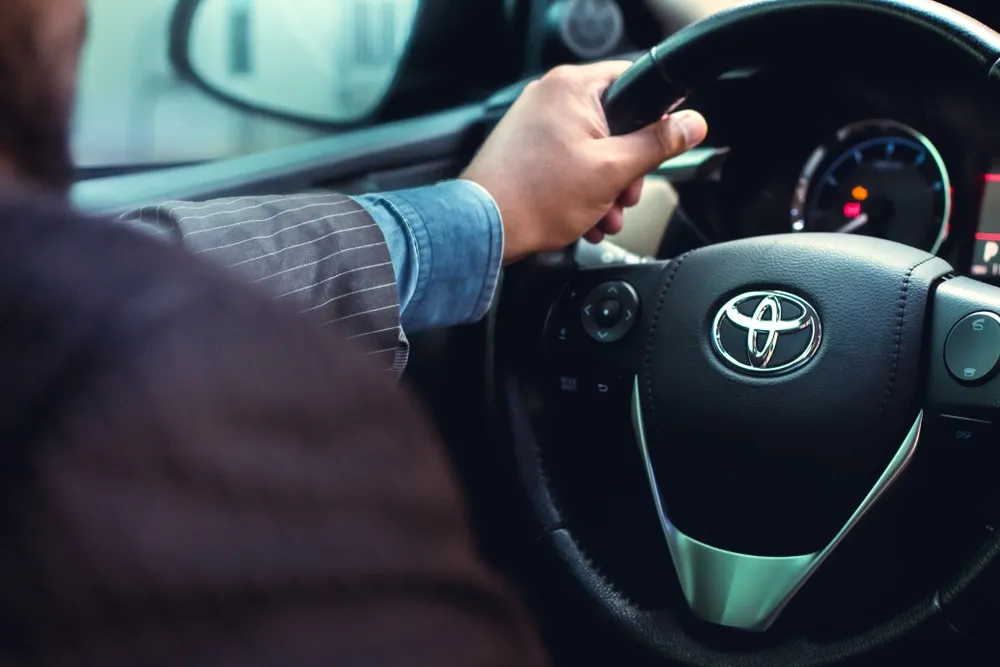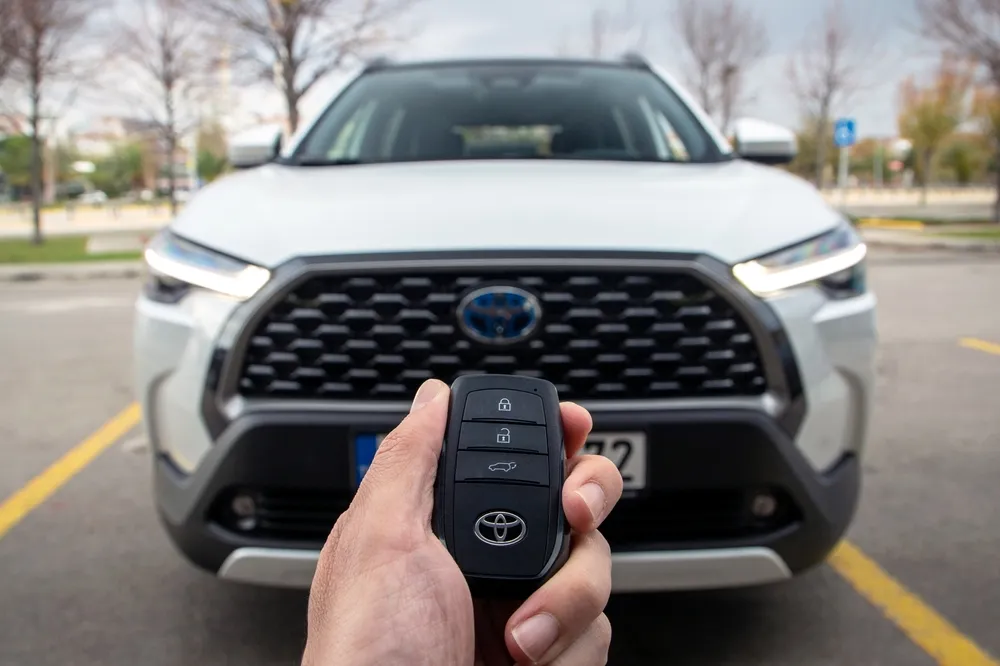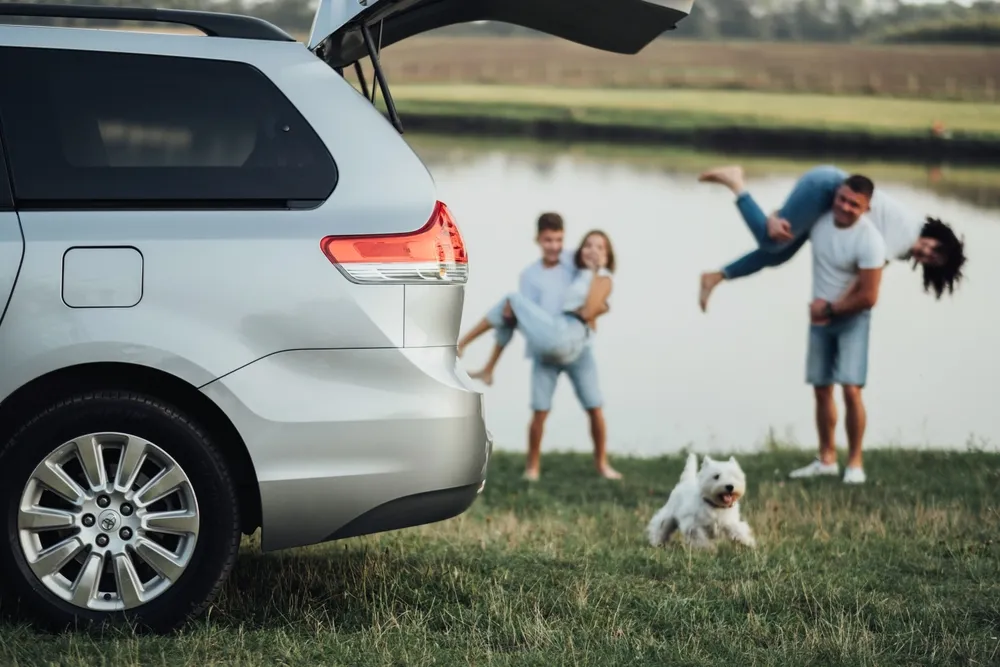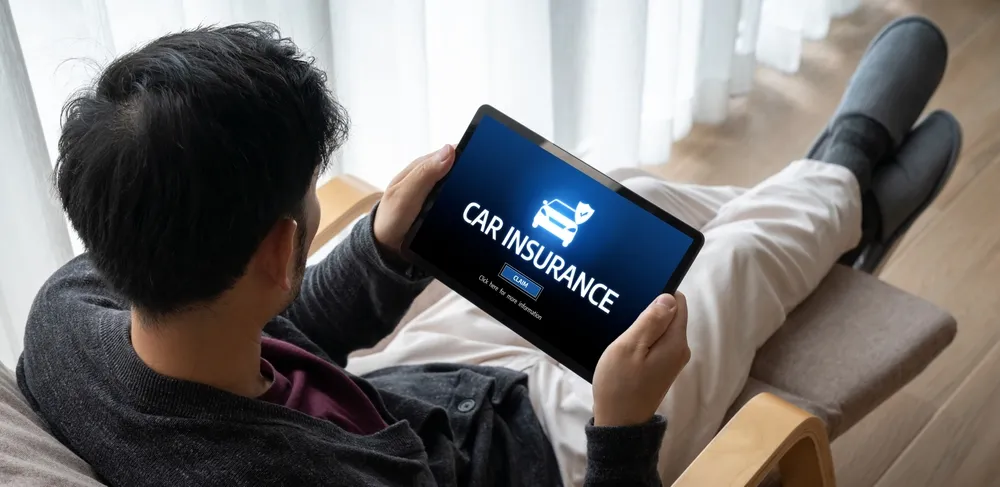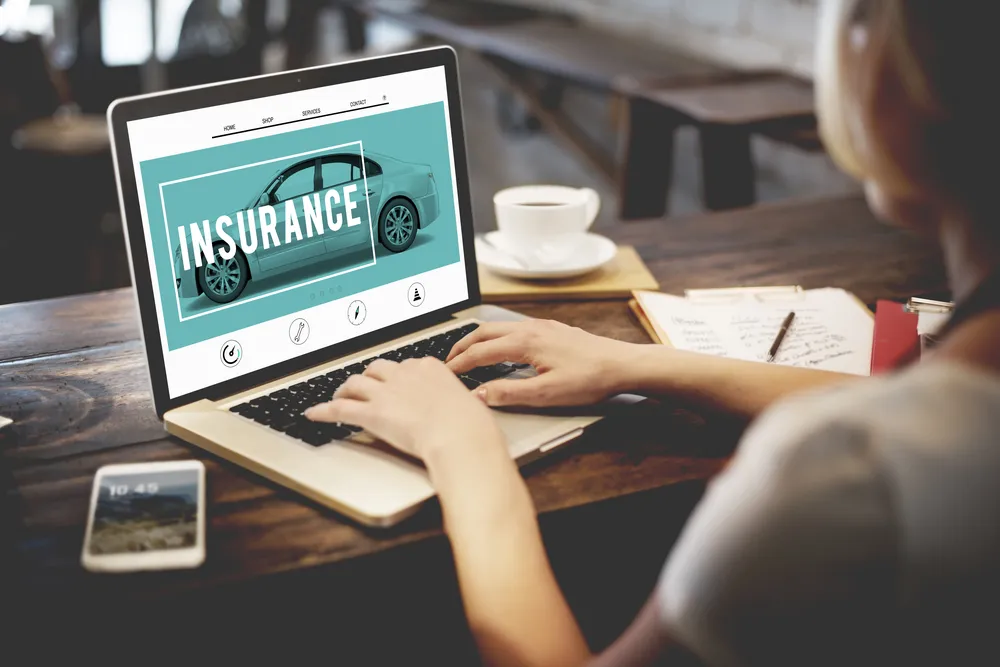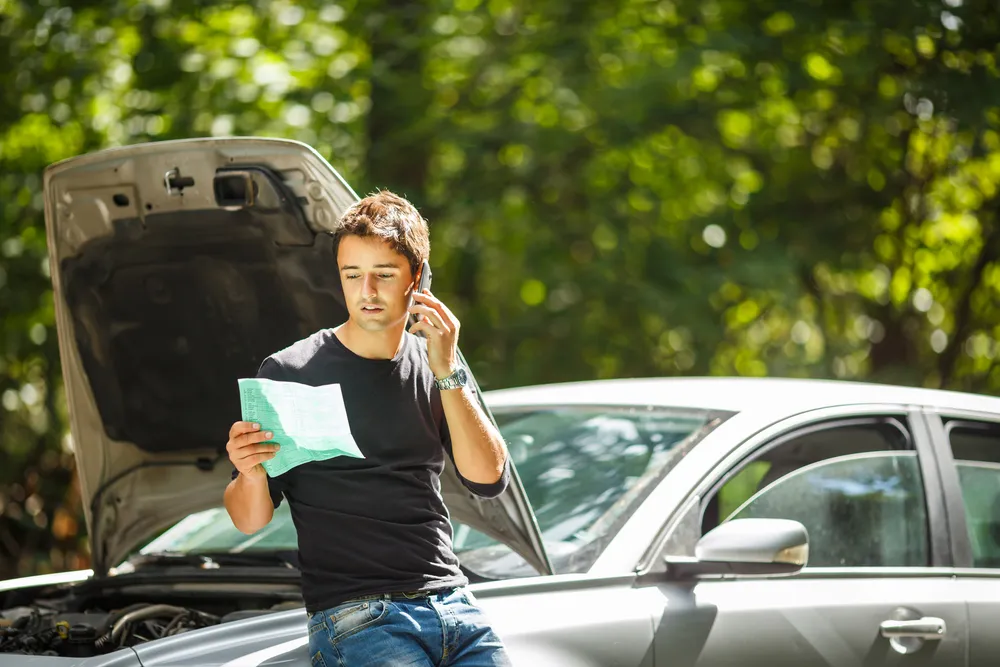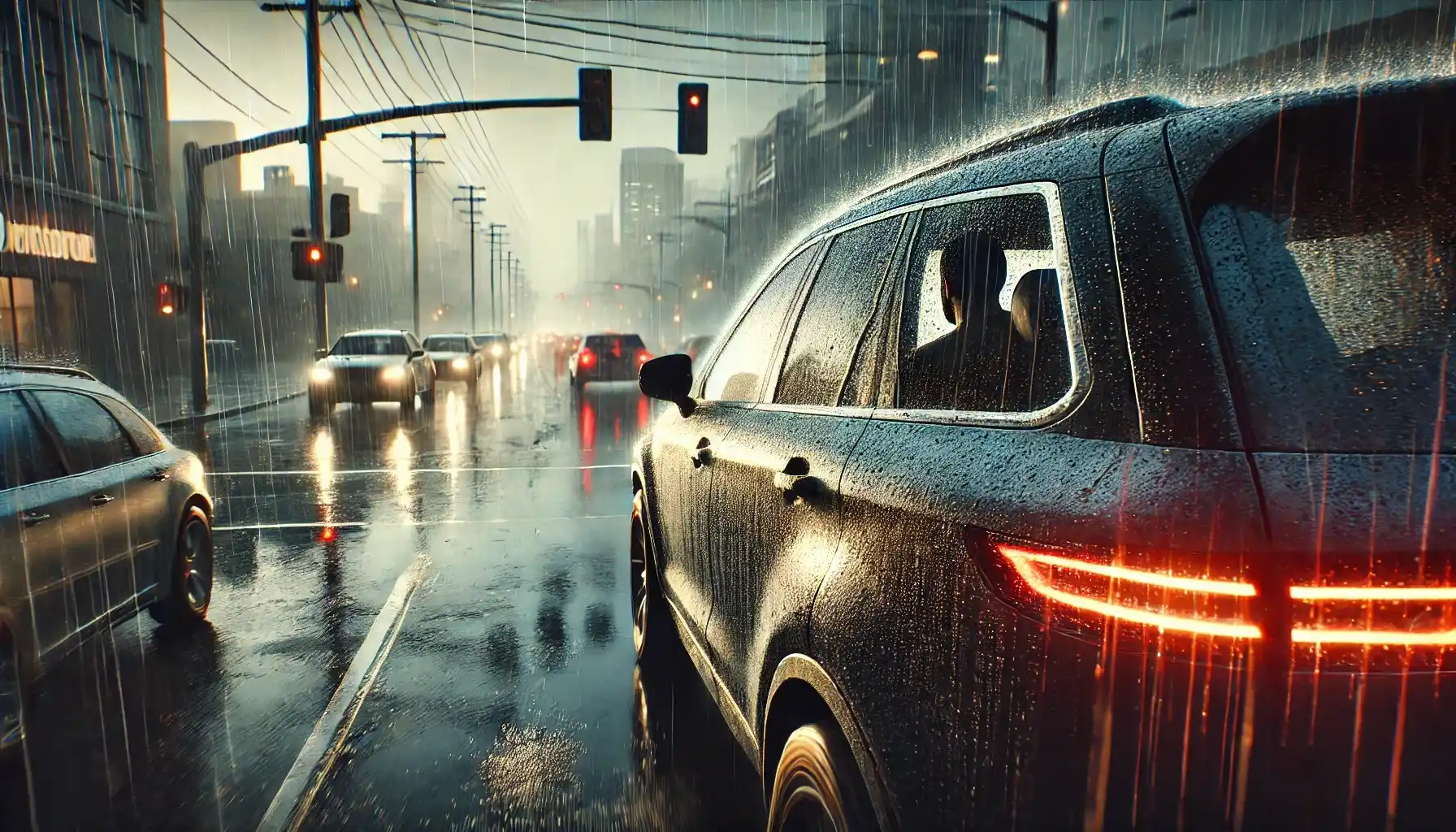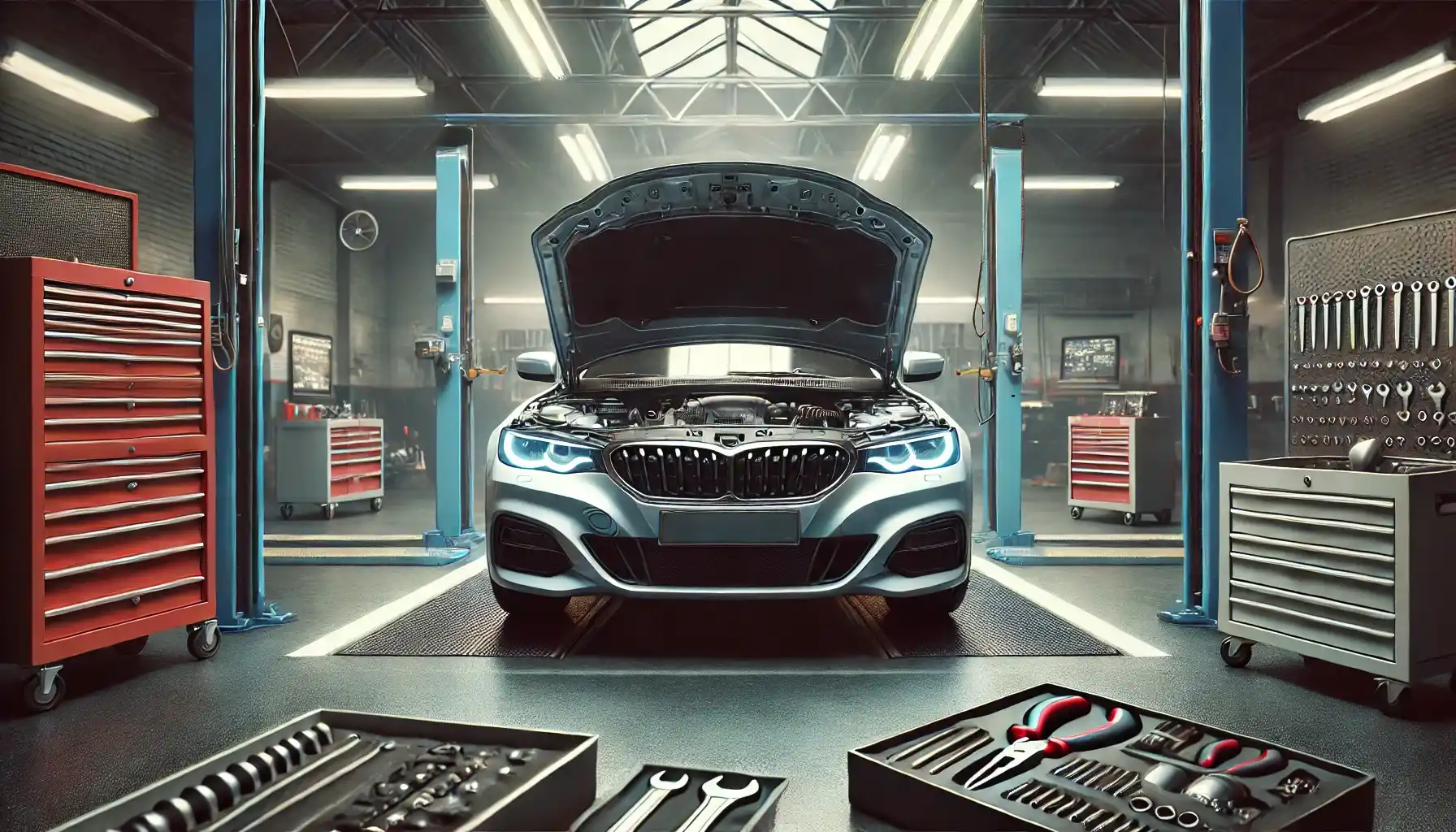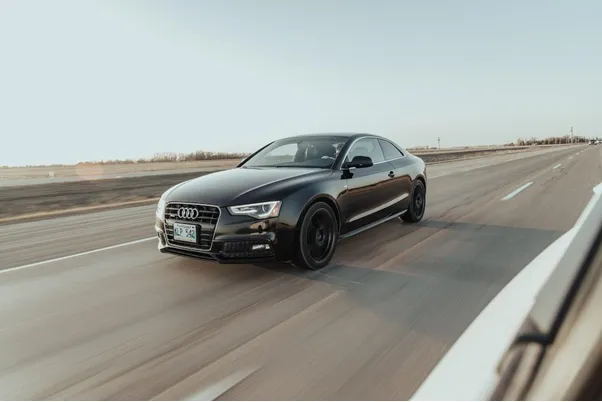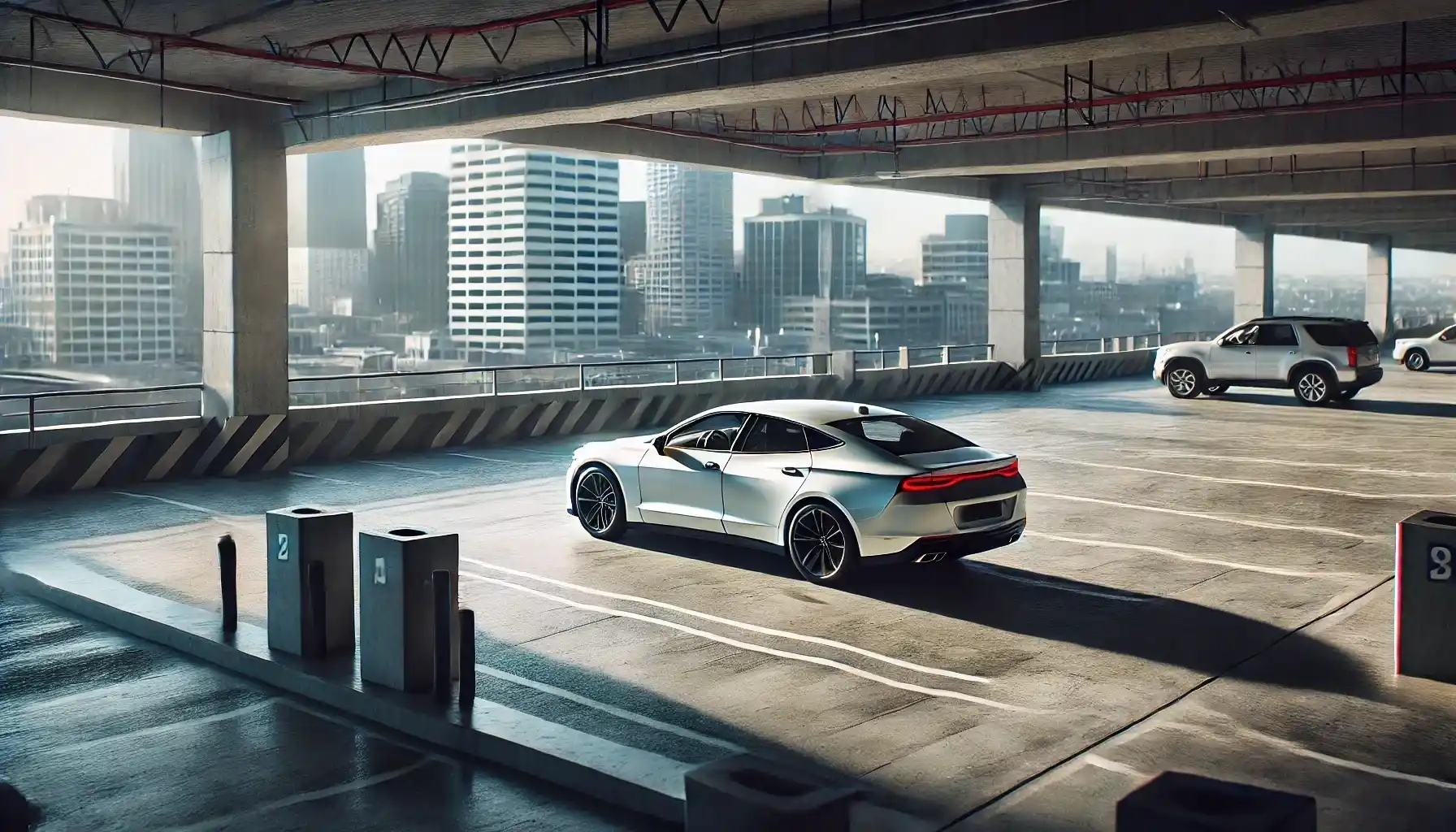New Drivers, Big Risks: What First-Time Drivers in the Philippines Need to Know
Getting behind the wheel for the first time is an exciting milestone, but for new and young drivers in the Philippines, the road comes with real risks. Inexperience, overconfidence, and road hazards all contribute to a higher chance of accidents—but awareness is the first step to safer driving.
The Reality of Road Accidents in the Philippines
Why Are New Drivers More Prone to Accidents?
Getting behind the wheel is exciting, but for first-time drivers, the road can be unpredictable. Inexperience, distractions, and risky decisions all increase the chances of accidents. Here’s why:
Lack of experience- New drivers struggle with handling unexpected situations.
Overconfidence or risk-taking behavior - Feeling invincible can lead to reckless choices.
Distractions - Mobile phones, loud music, and chatty passengers take attention off the road.
Pressure in High-Traffic Areas - Poor decision-making can happen when overwhelmed.
The Solution?
Stay Focused – Keep your eyes on the road and avoid distractions.
Practice Defensive Driving – Anticipate hazards and drive cautiously.
Get the Right Comprehensive Car Insurance – Protect yourself financially in case of an accident.
Even the safest drivers can find themselves in an accident. When it happens, staying calm and knowing what to do can make all the difference. Follow this step-by-step guide to ensure your safety, protect your rights, and handle the situation smoothly.
Step 1: Stay Calm and Assess the Situation
Panicking won’t help—take a deep breath and focus. If the accident is minor and your car is in a safe spot, turn on your hazard lights and stay inside. If it's serious, check yourself and your passengers for injuries before moving.
Key Actions:
Take deep breaths to stay composed.
Check for injuries on yourself and passengers.
Turn on hazard lights to alert other drivers.
Step 2: Ensure Safety and Move to a Secure Area
If your car is blocking traffic but still drivable, move it to the side of the road. If it’s unsafe to move, leave it where it is and wait for help.
If possible, move your car to the shoulder or a safe area.
Stay inside if it’s too dangerous to step out.
Call emergency services if there are injuries or major damages.
Step 3: Check on Other Parties Involved
If other vehicles are involved, check on their drivers and passengers. If anyone is injured, call 911 or 117 (Philippines’ emergency hotline) for medical assistance. Avoid admitting fault, as this can impact your insurance claim.
Key Actions:
Call for medical help if needed.
Speak calmly with other drivers involved.
Do not admit fault or apologize immediately.
Step 4: Call the Authorities (PNP or MMDA)
For accidents involving injuries, disputes, or major damage, report the incident to the Philippine National Police (PNP) or the Metro Manila Development Authority (MMDA).
Step 5: Document the Accident Scene
Gather as much evidence as possible to support your insurance claim and avoid legal issues.
Take clear photos of:
The damage to all vehicles involved
License plates and vehicle models
The surrounding area, road signs, and skid marks
Any visible injuries
Collect important details:
Names, contact numbers, and addresses of all drivers and passengers
Insurance information of other parties
Eyewitness accounts (if available)
Step 6: Exchange Information with Other Drivers
Keep it short and factual—exchange the necessary details for insurance claims.
Information to collect:
Name and phone number
Driver’s license number
Insurance provider and policy number
Vehicle make, model, and plate number
Pro Tip: If the other driver refuses to cooperate, wait for the police to arrive.
Step 7: Notify Your Insurance Provider
Call your car insurance company as soon as possible—most have a 24/7 claims hotline.
What to report:
Time and location of the accident
Description of damages and injuries
Photos and police reports (if available)
Why is this important?
The faster you report, the quicker your claim process begins.
Your insurer can guide you on the next steps, including repairs and legal assistance.
For comprehensive coverage, check out Oona car insurance for hassle-free claims and 24/7 roadside assistance.
Step 8: Understand Your Insurance Coverage
If you have Comprehensive Car Insurance, damages, medical expenses, and even third-party liabilities might be covered. However, if you only have Compulsory Third-Party Liability (CTPL) Insurance, your coverage is limited to injuries or death caused to third parties.
Common Coverage Inclusions:
Comprehensive Car Insurance: Covers your car damage, medical bills, and third-party liabilities.
CTPL Insurance: Covers injuries or death of third parties but not damages to your own car.
Check your policy to see what’s covered.
Step 9: Follow Up on Your Claim
Your insurance provider will assess the damage and guide you through the repair process. You may need to submit:
Police report
Photos of the accident
Repair estimates
Be patient but persistent in following up on your claim.
Step 10: Learn from the Experience
Every accident is a learning experience. Reflect on what happened and take steps to improve your driving habits.
Avoid distractions (e.g., using a phone while driving).
Follow traffic rules and speed limits.
Take defensive driving courses for added safety.
Your first car accident can be overwhelming, but knowing what to do makes all the difference. Stay calm, document everything, report the incident, and notify your insurer ASAP. Preparedness is key to handling unexpected road mishaps with confidence.
For fast claims processing and 24/7 support, trust Oona Car Insurance—because peace of mind should always be part of the journey.
